Grand Canyon Facts: Weather, Wildlife & More
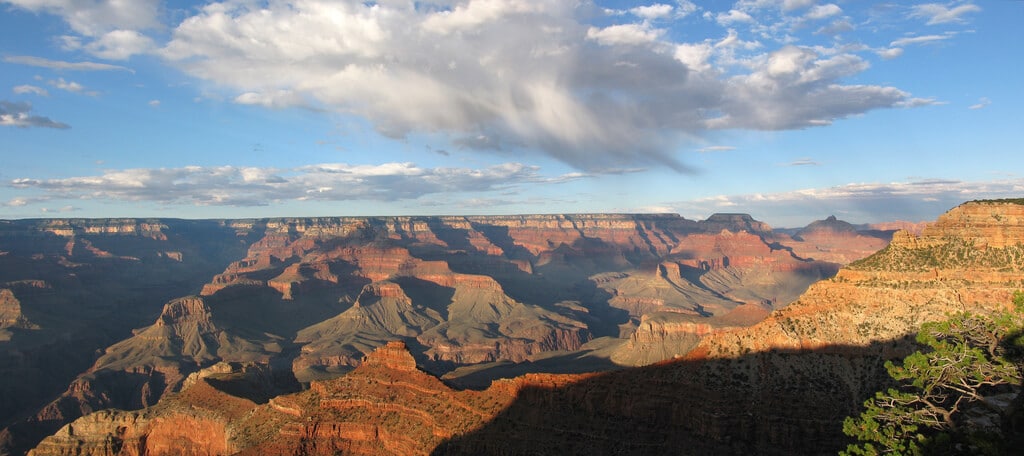
When you’re planning a vacation, it helps to know a little about your destination before you arrive! Keep reading to get the facts you need to know before you head to the Grand Canyon, including Grand Canyon weather, geology and wildlife.
Grand Canyon Weather
Because the Grand Canyon is so large with such a significant difference in elevation, there is a lot of variation in climate throughout the Canyon. The North Rim could be buried under several feet of snow while the South Rim enjoys bright sunshine, or it could be smoking hot at river-level, but beautiful and temperate at the rim (or vice versa).
|
South Rim |
North Rim |
Inner Canyon (River Level) |
|
|---|---|---|---|
|
Summer |
Low 70s-mid 80s |
Low 60s-mid 70s |
Low 90s-mid 100s |
|
Winter |
Low-mid 40s |
High 30s-low 40s |
Mid 50s-low 60s |
Seasons
The North Rim closes from October to May, but South and West Rims are open year-round.
Because Canyon weather is so unpredictable, many novice hikers encounter trouble. If you’re planning on hiking the Canyon, make sure you understand and are prepared for any changes in weather.
There is no “best place” to see the Grand Canyon. Each rim offers spectacular views and unique attractions that will appeal to different visitors, so we’ve created a guide to the Canyon’s four rims to help you decide which one you should visit.
Geology of the Grand Canyon
The North Rim closes from October to May, but South and West Rims are open year-round.
Because Canyon weather is so unpredictable, many novice hikers encounter trouble. If you’re planning on hiking the Canyon, make sure you understand and are prepared for any changes in weather.
There is no “best place” to see the Grand Canyon. Each rim offers spectacular views and unique attractions that will appeal to different visitors, so we’ve created a guide to the Canyon’s four rims to help you decide which one you should visit.
The Grand Canyon is over 6,000 feet deep at its deepest point and over 18 miles wide at its widest, and each rim exhibits a unique and extensive record of its geological development.
Carved by the Colorado River over the span of 6 million years, the Grand Canyon’s many geologic formations demonstrate three of the world’s four eras of geologic history:
- The Proterozoic era is the most recent stage of the oldest geologic era (the Pre-Cambrian era). Remnants of the Proterozoic era, which occurred roughly 1.75-1.2 billion years ago, are visible in the eastern Canyon.
- The Paleozoic era, which transpired approximately 550-250 million years ago, is responsible for some of the Canyon’s most conspicuous formations, including the Tonto Group and the Temple Butte Formation.
- The Grand Canyon as we know it was formed by erosion caused by the Colorado River in the Cenozoic era, which began 65 million years ago and continues today.
Flora and Fauna of the Grand Canyon
Because of the influence of different climates and geographical features, the Grand Canyon contains nearly 130 distinct vegetation communities, from desert scrub communities to Ponderosa pine forests. In fact, the Grand Canyon is home to over 1,700 species of plants, 160 species of fungi, 60 species of moss, and nearly 200 species of lichen!
The Canyon is also home to many animal species. The Grand Canyon’s most famous inhabitant, the California Condor, can occasionally be seen flying near the Grand Canyon Village. Other birds include Canyon Wrens, Stellar’s Jays, swallows, hummingbirds, and ravens. Four-legged Canyon-dwellers include big horn sheep in the inner canyon, as well as mule deer, coyotes, and skunk throughout the park. Some of the largest elk in North America live in the Kaibab National Forest.
While you explore the Grand Canyon Village and other buildings around the rims, keep an eye open for Ringtails – they like to live in the rafters. They’re sneaky and shy, though, so keep your eyes peeled for their ringed tails.
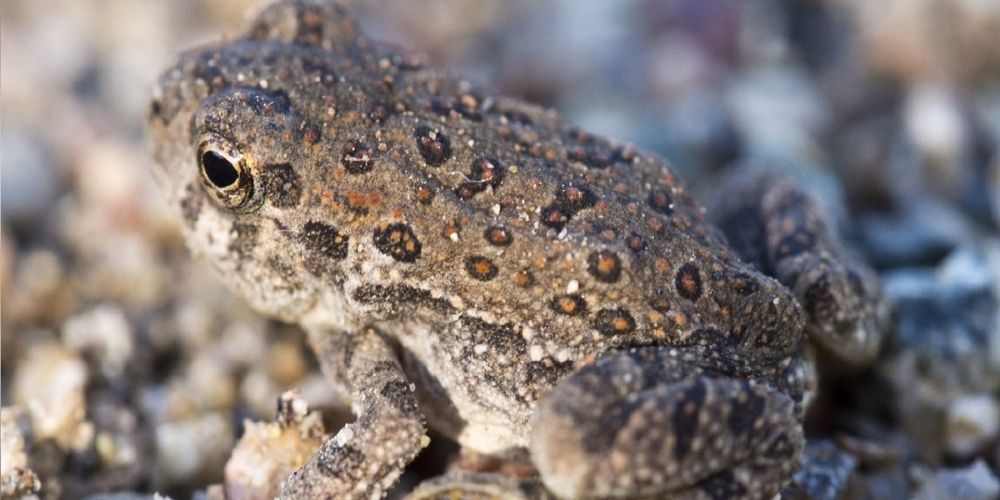
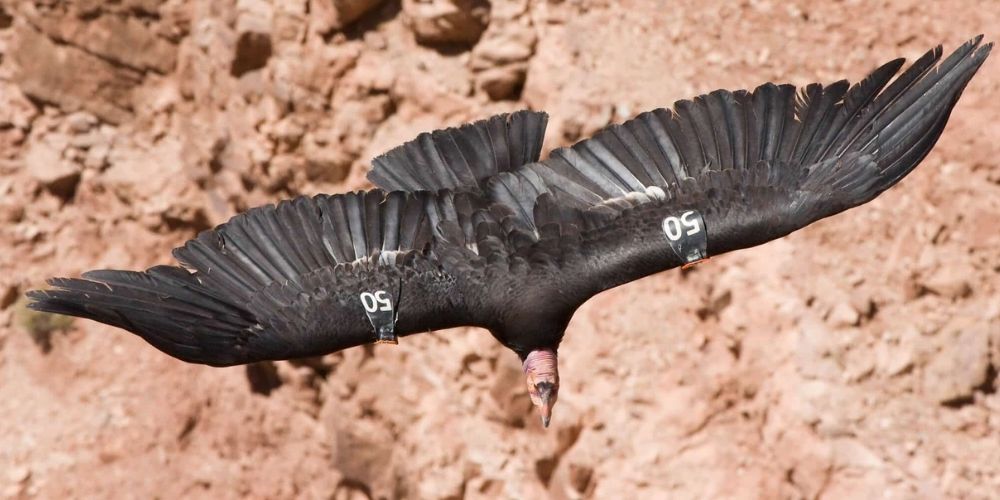
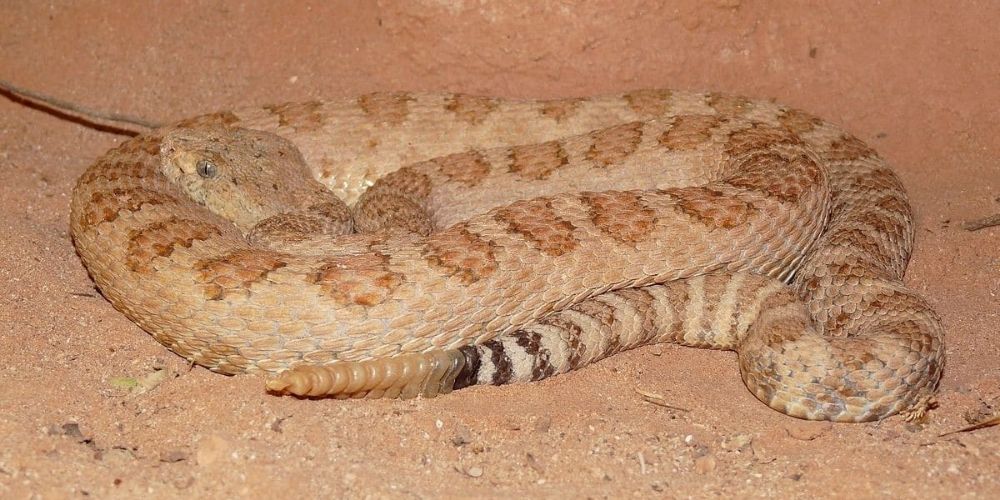

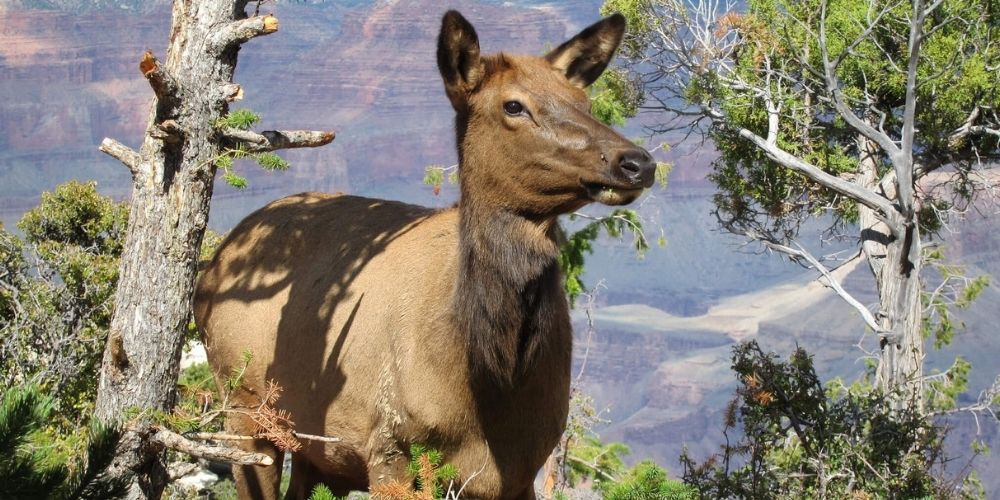
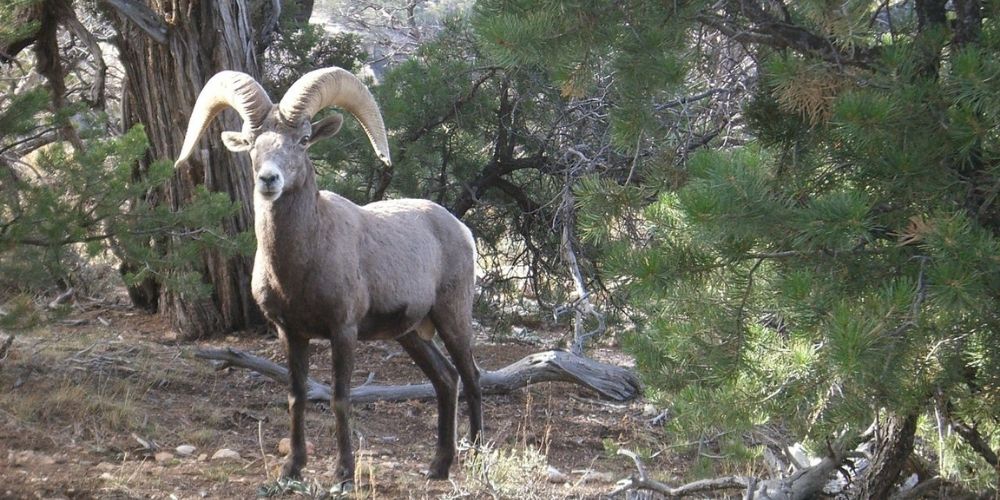
Albert’s squirrels are also a fan favorite, especially behind the Bright Angel Lodge. Squirrels and chipmunks love to beg for food, but it’s very important not to succumb to temptation – squirrel bites are one of the most common Grand Canyon injuries.
A few species of small lizards and snakes also live in the Canyon. The Grand Canyon Rattlesnake is the most fascinating – but only if you can see it. Because of their coloring, they blend right into the Canyon walls.
The most important thing to remember about Grand Canyon wildlife is not to feed the animals. Not only does it put you at risk for animal bites, but it also disrupts their feeding habits and can have a powerful impact on the Canyon’s overall ecosystem.
Learn more about cool creatures to look for when you visit the Grand Canyon.
Grand Canyon Location
Grand Canyon Departure Points & Driving Times
Most visitors begin their Canyon experience by flying into Phoenix, AZ, or Las Vegas, NV. Each city is within a convenient half a day’s drive to the Canyon, though the Canyon is also easily reachable from Flagstaff, AZ and Los Angeles, CA.
Driving from Las Vegas, NV
Las Vegas provides easy access to the North, South, and West rims. Drive times are relatively short, and there are a plethora of bus tours to choose from.
North Rim
Distance: 265 miles
Drive Time: Approx. 4.5 hours
Grand Canyon East
Distance: 275 miles
Drive Time: Approx. 4 hours 15 minutes-6 hours 45 minutes
South Rim
Distance: 275 miles
Drive Time: Approx. 4-5.5 hours
West Rim
Distance: 125 miles
Drive Time: 2.5 hours
Driving from Phoenix, AZ
Phoenix, AZ, offers easy access to each rim of the Grand Canyon.
North Rim
Distance: 350 miles
Drive Time: Approx. 6 hours
Grand Canyon East
Distance: 275 miles
Drive Time: Approx. 4 hours 15 minutes
South Rim
Distance: 230 miles
Drive Time: Approx. 3.5-5 hours
West Rim
Distance: 260 miles
Drive Time: Approx. 4.5-5.5 hours
Driving from Flagstaff, AZ
Flagstaff, AZ is another excellent departure point for any Grand Canyon experience. It’s closer to the Canyon but its airport does not support national flights, so the city itself is harder to access than major city centers such as Las Vegas and Phoenix.
North Rim
Distance: 210 miles
Drive Time: Approx. 4 hours
Grand Canyon East
Distance: 130 miles
Drive Time: Approx. 2 hours 15 minutes
South Rim
Distance: 80 miles
Drive Time: Approx. 1.5 hours
West Rim
Distance: 215 miles
Drive Time: Approx. 3.5 hours
Driving from Los Angeles, CA
Los Angeles is a great departure point for a real Grand Canyon road trip. Drives from Los Angeles are longer than drives from Las Vegas, Phoenix, and Flagstaff, but you can still reach the Canyon after a single day of driving.
North Rim
Distance: 530 miles
Drive Time: Approx. 8.5-10.5 hours
Grand Canyon East
Distance: 540 miles
Drive Time: Approx. 8-9 hours
South Rim
Distance: 490 miles
Drive Time: 7.5-8 hours
West Rim
Distance: 375 miles
Drive Time: 6-7 hours
If driving yourself or taking a guided bus tour isn’t your style, try taking in the scenic Canyon views the old-fashioned way. Hop aboard the historic Grand Canyon Railway in Williams, AZ, and enjoy a relaxing 2.5-hour trip each direction.

